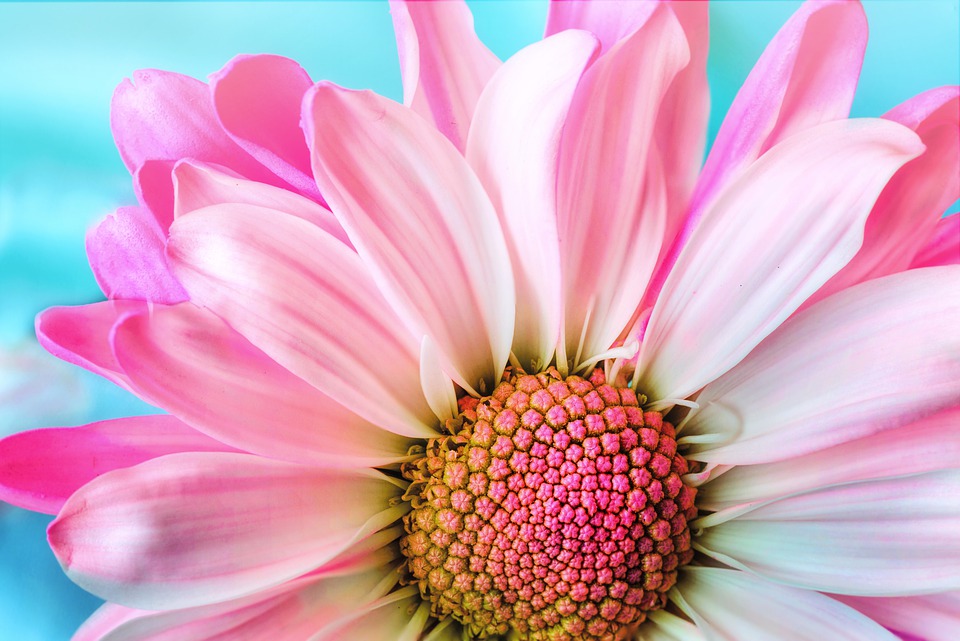Gardeners help one another in numerous ways, sometime knowingly and at other times, unintentionally. That “aha” moment, when visiting other gardeners, can come at a moment’s notice. This article features my garden experiments set in motion by the influence of other gardeners.
Lucy Hardiman, of Perennial Partners, truly influenced my garden experiments over the years. Her garden opened for the Gardens of Natural Delights and for the open gardens convention many times. Numerous years ago, Lucy instructed us in a class to place all flower pots, no matter the size, in water up to the stem of the plant to soak. While doing so, we watched the bubbles come from the pot until the bubbles ceased. This presoaking method produced spectacular results. From hit and miss in the survival of new plantings, we went to 100% of new plants thriving! “What about large trees?” you ask. That’s a major use of multi-gallon, empty garbage cans around here. Removing even rootbound plants from their containers comes easily with this soaking method.
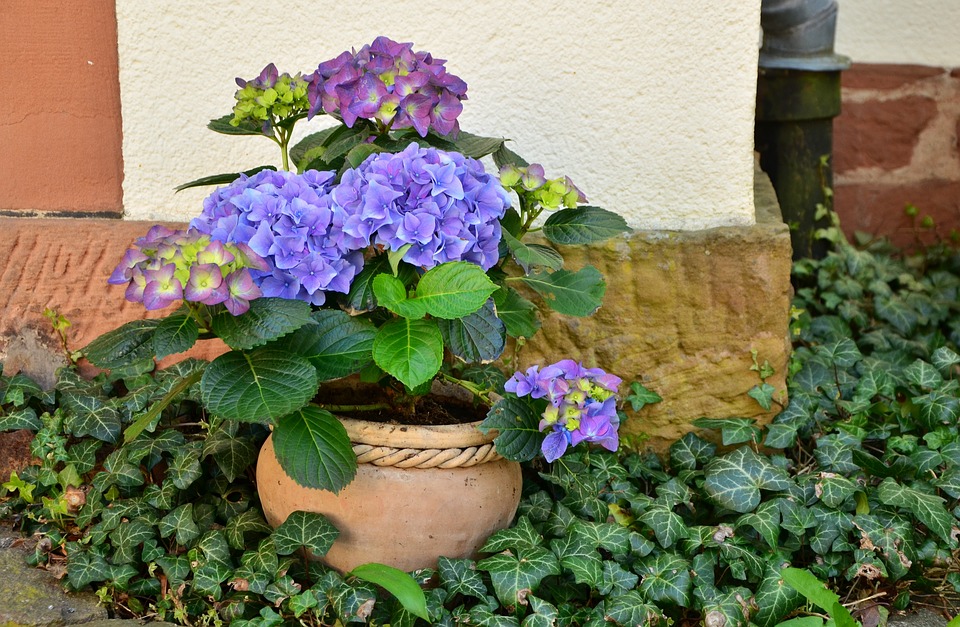
Lucy also taught us about spreading out the roots of our new plants. Stuck in their flower pot, sometimes for a long time, these new garden additions need encouragement to spread out their roots into a larger area. Think of spreading the roots like untangling matted hairs. Gently open the roots by teasing them along the sides and bottom of the root ball. You can even use a teasing comb. The new plant, though slightly disturbed by the transition into the ground or bigger planter, feels ready to spread and grow. This truly helps with the move!
Next in the transplanting process comes the watering of the plant in its new soil. This will help remove air pockets. You can straighten the plant at this time and add more soil as necessary to bring the soil to the right level. Thanks to Lucy’s methods, my plants, throughout the years, displayed a resilience that they previously lacked.
The idea of garden “rooms”, though hundreds of years old, possibly dating back to Ancient Roman times, came to me through the influence of Lucy Hardiman also. Her use of distinctively different areas in her garden, made this concept real for me. She even featured garden pebble mosaic “flooring” created by Jeff Bales, something I never saw before. From that point on, each of our garden “rooms” took on their own flavor. There’s our “Sedum Stream,” with ceramic fish swimming on rebar, fountain areas with accompanying foliage and flowers, a fern and mostly native plant bed, “Bee Haven,” filled with pollinator friendly plants, and a series of raised vegetable beds. More garden rooms beautify the property, many with seating to rest and enjoy the scenery.
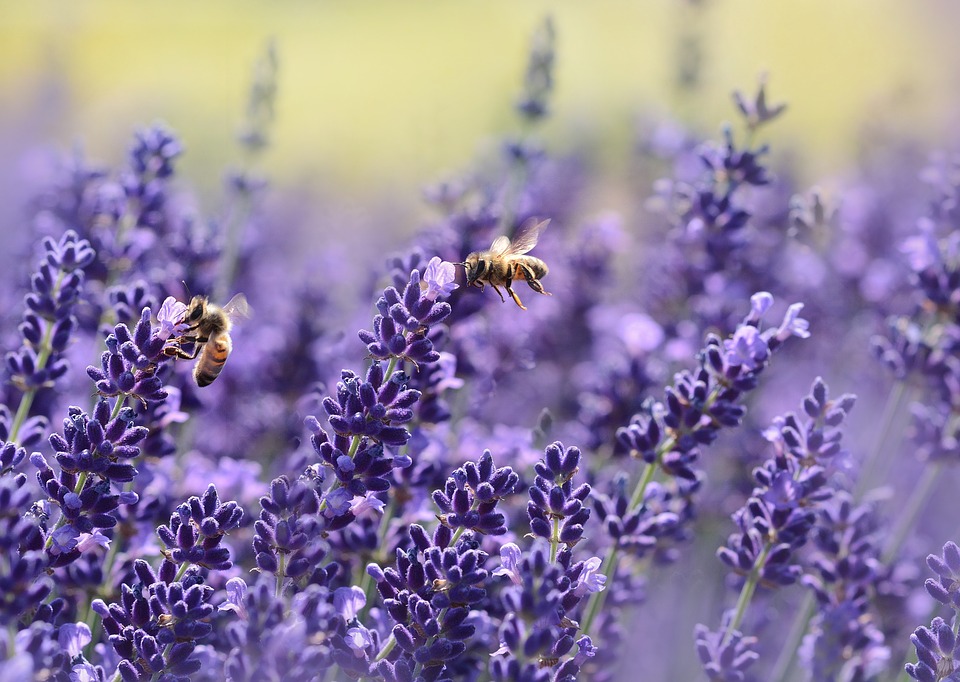
The use of recycled materials in the garden, like garden rooms, has been around for many years, and evident in many open gardens. My wife, Patricia, and I experimented seeing things in a different perspective. For example, there’s a wrought iron table pedestal base sitting upside down, anchored into the ground with long stakes, serving the avian community as a bird bath. Upside down curtain rod halves prevent our canine friends from intruding into a bed. Topped with used glasswork by Patricia, they provide decorative value also. Old glass electrical insulators, obtained from a second-hand store, prevent the ends of bamboo poles, employed as fences, from jabbing into people and protects the bamboo supports from the rain. The glass electrical insulators offer an eye-catching characteristic that unifies the garden. Patricia also came up with an idea for a cobalt blue bottle screen. Displaying bottles on rebar, the bottle screen acts as both a work of art and a divider between two garden rooms.
Years ago, I visited Mary Denoyer’s garden. I saw a large variegated dogwood in a planter. You can grow trees in a planter! Wow! Apple trees, eucalyptus tree, pineapple guava, Lawson’s cypress; trees in planters sprang up all over my yard, my patio, my driveway! I tried resin plastic planters and half-wine barrel planters, but they seemed too small. On a visit to one open garden convention I saw an entire vegetable patch in a large animal stock tank. Even the drainage is built in with a side hole…gingko tree, pomegranate tree figs. Early on, the strenuous task of moving planters frequently necessitated some solution. So, I put the planters on wheels—little plant rollers, piano, or moving dollies helped patio and driveway plant migrations.
Vern Nelson, a former garden columnist for the Oregonian newspaper, influenced me in many ways. His garden featured many, diverse kinds of edibles displayed in an attractive and compact way. From Vern, we learned about the resilience of figs and tea plants in our hardiness zone, how to interplant edible plants with perennial flowers, the benefits of espaliered fruit trees, and a great way to grow squash plants. Vern’s garden, displayed in the Metro’s Gardens of Natural Delights and in an open gardens convention, produced many experiments using edibles.
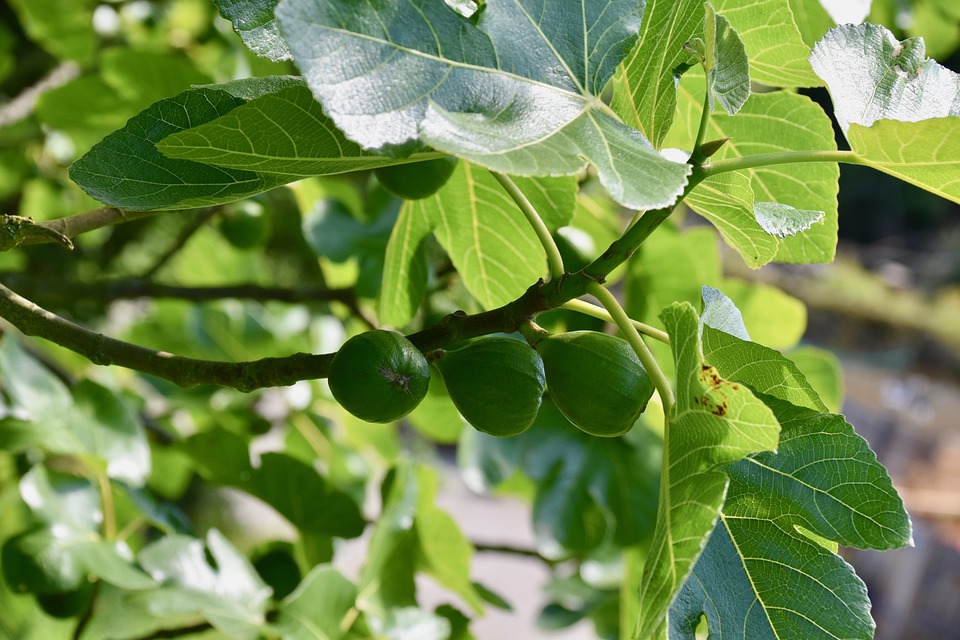
Vern Nelson’s growth of a squash plant on top of a compost pile really made an impression on me. He started growing squash in a compost pile because squash volunteer in his compost pile voluntarily. For the past two summers, I turned one of my five raised garden beds into a compost heap by piling on layers of chicken manure, mostly composted leaves, some kelp meal, fresh coffee grounds, and Epsom salts. After time to get the decomposition process going, I added ‘Costata Romanesco’ zucchini starts from a four-inch container, a personal favorite. The very first zucchini plants from Italy, ‘Costata Romanesco’ fruits, heavily ribbed with attractive patterns, retain a rich, incredible flavor. The plants took off in the compost pile right from the start! Last year, I measured a zucchini leaf early in the season at 19 inches across. Fruits developed very rapidly, keeping me on my toes harvesting them. Eventually, the plants hopped my wire bed fences and fell into the path, making picking a little tricky. However, thanks to Vern, I now have a surefire way of growing these scrumptious zucchinis.
I decided to try my own version of creating an “espaliered” apple. Instead of the usual method of using cables, I experimented using zip ties, and instead of posts, I used electrical metallic tubing (EMT) as supports. Following the backyard garden path, I pruned off the branches that headed into the path. Leaving a passageway of about eight feet, I permitted higher branches to take their usual form. In that way the path remained clear and the apple could bear fruit on yet more branches.
Kathleen Fortune, gardening in Gresham, OR, showed a method of cold composting leaves over several years. Pile up the leaves in a compost area and allow to sit enclosed in framework until composted. Of course, I felt compelled to add coffee grounds which are—yummy for plants and PH neutral once they break down. Earthworms adore coffee grounds in moderation. They’ll rise to the decomposition task. Resulting compost became incorporated in many garden beds.

Michael Babbit and Ellen Bartholomew showed me that flower pots contribute much to garden decor. The best combinations of plant and planter make a stunning display. Their planters and extraordinary plants made me want to grow things in containers I never tried before. For years, I grew a hardy citrus plant, Poncirus trifoliata ‘Flying Dragon’, like these two gardeners. Finally, ‘Flying Dragon’ succumbed one incredibly cold winter. However, the influence of Michael Babbit and Ellen Bartholomew continues in the wealth of growing containers in our garden.
More home selling info: Click Here
For years, I planted clematises because we loved them so much in other gardens. Each time, the clematis lasted for one, maybe two seasons, and then died. Thank goodness, that I spoke with Rick Meigs during an open gardening convention. Rick explained that clematises needed to be planted below the initial level of the plant in the planter. Rick also made clear that clematises really love rose fertilizer. Linda Beutler helped me find clematises from the Rogerson Clematis Collection that fit our garden conditions and needs. Soon, we enjoyed thriving clematis plants in many locations.
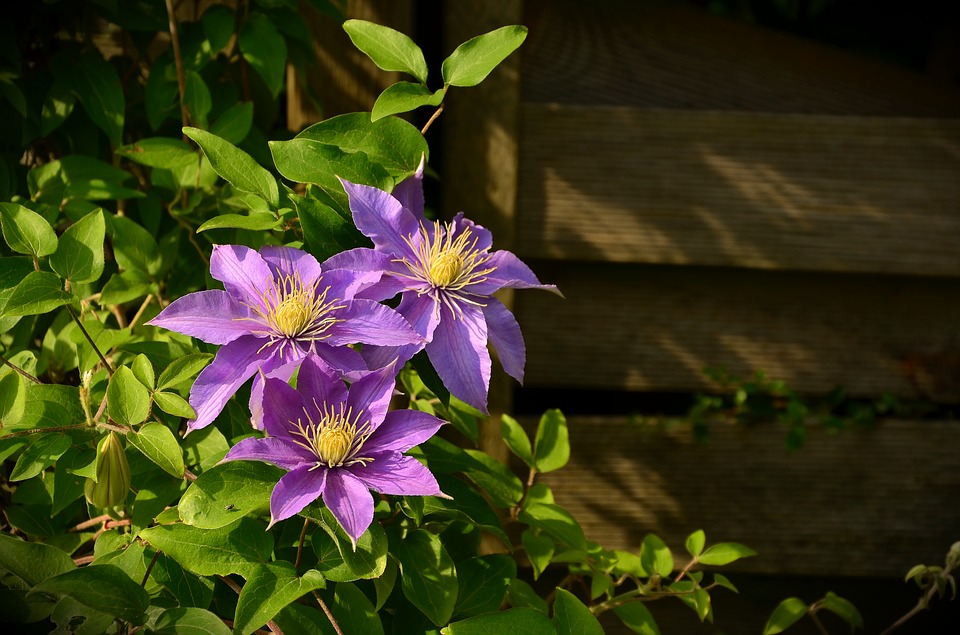
As you can see, visiting open gardens meant so much to us. They provided springboards to garden experiments in our own yard. So many gardeners supplied wonderful ideas that this article would extend quite long to acknowledge their contributions.
Home help website
